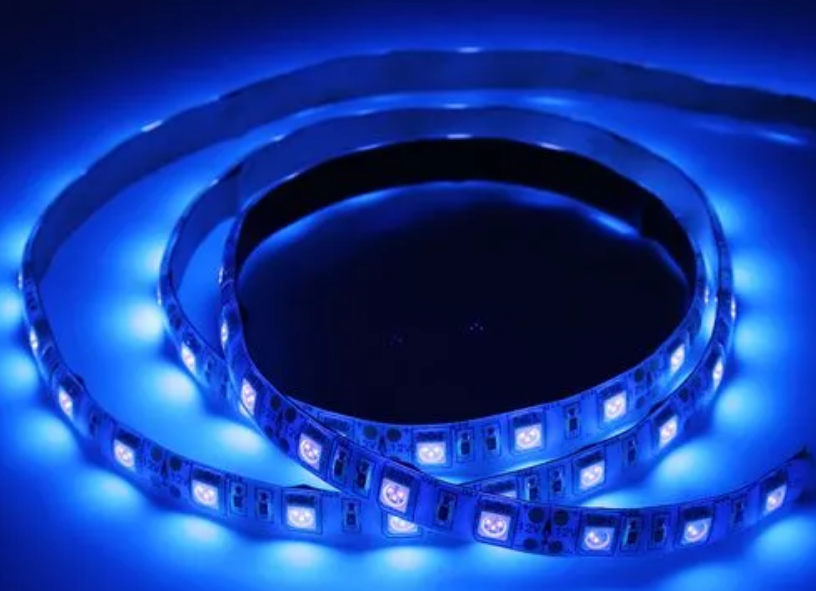Not Verifying Product Specifications
One of the most common pitfalls when purchasing LED strip lights wholesale is overlooking the detailed product specifications. Buyers should ensure the LED strips meet specific requirements such as color temperature, which typically ranges from 2700K (warm white) to 6500K (daylight), and luminosity, often measured in lumens per meter. For example, an LED strip intended for accent lighting in a residential setting should ideally have between 300 to 450 lumens per meter. Verifying these specs can prevent dissatisfaction due to inadequate or excessive brightness and incorrect color hues.
Ignoring Strip Flexibility and Cut Points
Flexibility is crucial, especially for installations around corners or curved surfaces. Not all LED strips offer the same degree of flexibility. Some are rigid and suitable only for straight lines. Additionally, the spacing of cut points—areas where the strip can be safely cut without damaging it—varies. Standard cut intervals are every 5 to 10 centimeters. Buyers should match the strip’s flexibility and cut point spacing with the intended application to ensure easy installation and a clean aesthetic finish.
Overlooking Color Rendering Index (CRI)
The Color Rendering Index (CRI) is a vital specification that measures how accurately a light source displays colors in comparison to a natural light source. For environments where natural color appearance is critical, such as in retail or art displays, LED strips should have a CRI of at least 80 to 90. Purchasing strips with a low CRI can lead to unnatural hues, which may affect the appearance of the space and color-sensitive tasks.
Neglecting Wattage and Power Requirements
Understanding the wattage per meter and overall power requirements is essential to ensure the electrical system can handle the load without overheating or energy waste. Typically, LED strips consume between 5 to 20 watts per meter. Buyers need to calculate the total wattage required and consider the capacity of their existing power supplies to avoid electrical issues.

Failing to Check for Certifications
LED strips should comply with safety and quality standards. Certifications like UL, CE, and RoHS are indicators of product compliance with industry standards. Skipping this verification can lead to the procurement of inferior products that may pose safety risks or have shorter lifespans.
Not Securing Warranty and Support
Finally, it is crucial to ensure that the wholesale purchase comes with a warranty and reliable customer support. This guarantees that any defects or issues can be addressed promptly without additional costs. Typical warranties for LED strip lights range from 1 to 5 years, depending on the manufacturer.
For a reliable source and further information on purchasing options, check led strip lights wholesale.
By avoiding these common mistakes, buyers can ensure that their investment in LED strip lights is sound. Thoroughly checking product specifications, understanding installation requirements, and verifying seller credentials are essential steps in purchasing high-quality LED strips that meet both functional and aesthetic needs.